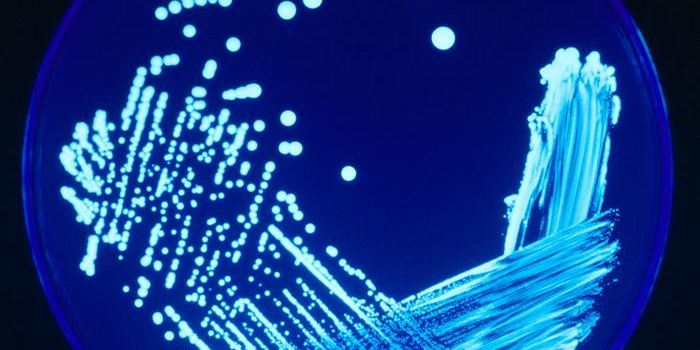New research done at Helmholtz Zentrum München, in partnership with the German Center for Diabetes Research and colleagues at Technical University of Munich has revealed more about the mechanism underlying type I diabetes. The work may open up a new avenue of treatment for people afflicted with the disorder.
In type I diabetes, the body’s immune system attacks cells of the pancreas, called beta cells. Beta cells are responsible for producing insulin, so the body the loss of those cells means there isn’t enough insulin. The death of beta cells cannot be ameliorated, resulting in insulin deficiency and elevated blood glucose levels. Patients have to monitor their insulin and carefully maintain the level in their bodies. If you'd like to know more about the disease, watch the video above.
It’s still unclear exactly why the immune system launches an attack on the beta cells. The new work utilized a biobank of blood samples, established by Professor Anette-Gabriele Ziegler, the director of the Institute of Diabetes Research at Helmholtz Zentrum München, to investigate this issue. The researchers have shed some light on the mechanism behind the immune response. "For the first time, we were able to show that in the affected children an increased number of specific immune cells are found in the blood at the beginning of the autoimmune response," explained by Dr. Carolin Daniel of the IDF.
The appearance of antibodies against pancreatic islets is indicative of the onset of type I diabetes. Those antibodies are produced by white blood cells of the immune system, B lymphocytes, in conjunction with T follicular helper (TFH) cells. Indeed, the increased levels of those cells were confirmed in children that had recently experienced islet cell autoimmunity, an early stage of type I disease.
In the Proceedings of the National Academy of Sciences,
Daniel and co-authors report that precursors to an enrichment of a type of those TFH cells correlates with an increase in a particular type of microRNA – miRNA92a. miRNAs do not code for protein but are known to play an influential role in the regulation of cellular processes such as immune activation.

Treatment with an antagomir directed against miR92a results in reduced attacks of immune cells (green) on the insulin (white) producing beta cells directly in the pancreas. Moreover, the treatment leads to more regulatory T cells (red) able to protect the beta cells./ Credit: Helmholtz Zentrum München
"Our analyses showed that a molecule called miRNA92a triggers a chain of molecular events, which ultimately leads to the increase in these immune cells," explained IDF doctoral student Isabelle Serr. "In particular, during this process, miRNA92a interferes with the formation of important signaling proteins such as KLF2 and PTEN."
The researchers decided to exploit this previously unknown pathway as a drug target. They tested the effect of a so-called antagomir, one that binds to miRNA92a molecules in particular to stop their effect. There was success in their experimental model; its use resulted in a significantly reduced autoimmune response.
"The targeted inhibition of miRNA92a or the downstream signaling pathway could open up new possibilities for the prevention of type 1 diabetes," said Ziegler. "Furthermore, the insulin-specific TFH cells could serve as biomarkers to determine the treatment success of the insulin vaccinations we perform."
If you’d like to know more about miRNAs, watch the lecture below from David Bartel of MIT.
Sources:
Science Daily via
Helmholtz Zentrum Muenchen - German Research Centre for Environmental Health,
PNAS









